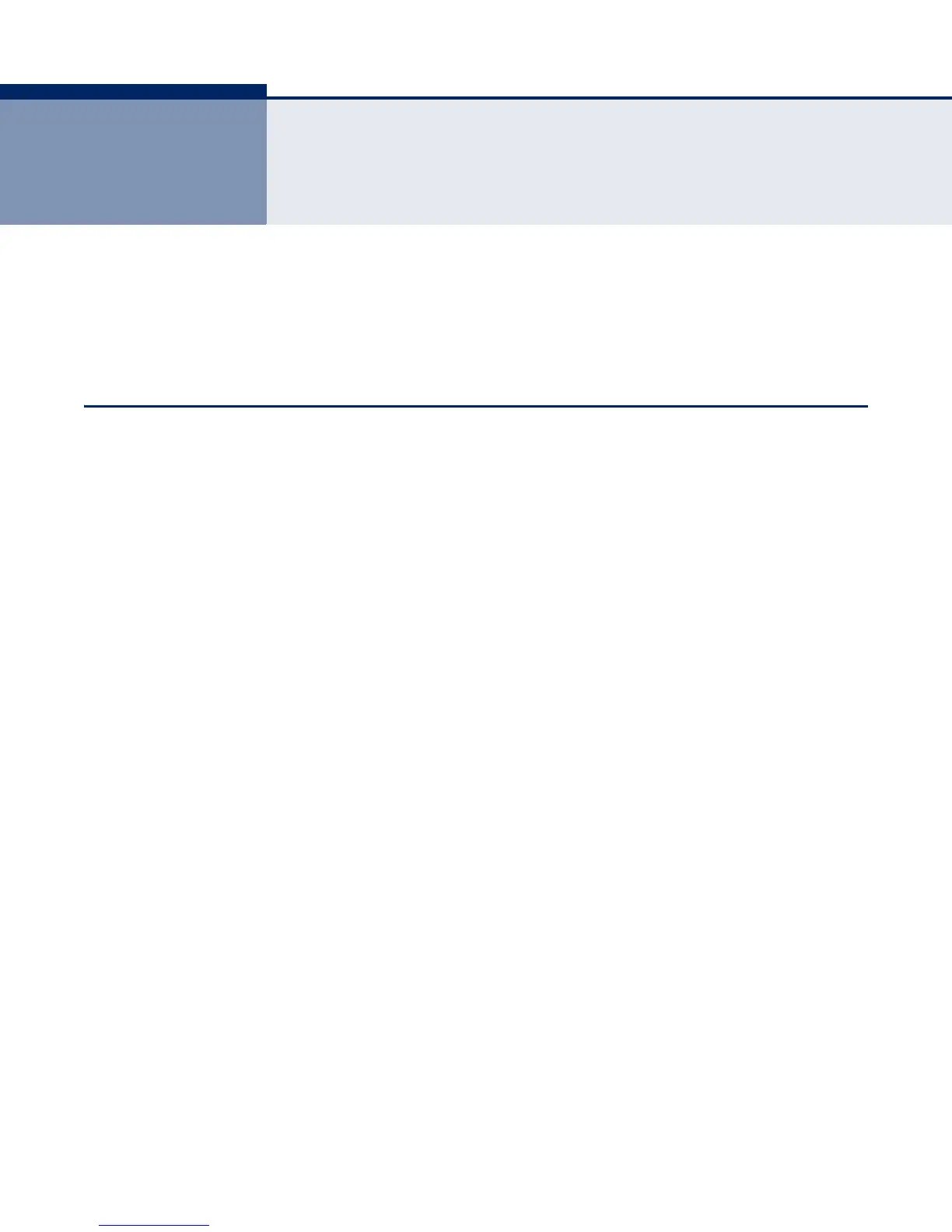– 431 –
16 IP CONFIGURATION
This chapter describes how to configure an initial IP interface for
management access to the switch over the network. You can manually
configure a specific address or direct the switch to obtain an address from
a BOOTP or DHCP server when it is powered on.
SETTING THE SWITCH’S IP ADDRESS (IP VERSION 4)
Use the IP > General > Routing Interface (Add) page to configure an
address for the switch. An address is obtained via DHCP by default for
VLAN 1. To configure a static address, you need to change the switch’s
default settings to values that are compatible with your network. You may
also need to a establish a default gateway between the switch and
management stations that exist on another network segment (if no routing
protocols are enabled).
You can direct the device to obtain an address from a BOOTP or DHCP
server, or manually configure a static IP address. Valid IP addresses consist
of four decimal numbers, 0 to 255, separated by periods. Anything other
than this format will not be accepted.
CLI REFERENCES
◆ "Basic IP Configuration" on page 1006
◆ "DHCP Client" on page 979
COMMAND USAGE
◆ This section describes how to configure a single local interface for initial
access to the switch. To configure multiple IP interfaces, set up an IP
interface for each VLAN.
◆ Once an IP address has been assigned to an interface, routing between
different interfaces on the switch is enabled.
◆ To enable routing between interfaces defined on this switch and
external network interfaces, you must configure static routes
(page 447) or use dynamic routing; i.e., RIP or OSPFv2 (page 484 or
502 respectively).
◆ The precedence for configuring IP interfaces is the IP > General >
Routing Interface (Add) menu, static routes (page 447), and then
dynamic routing.

